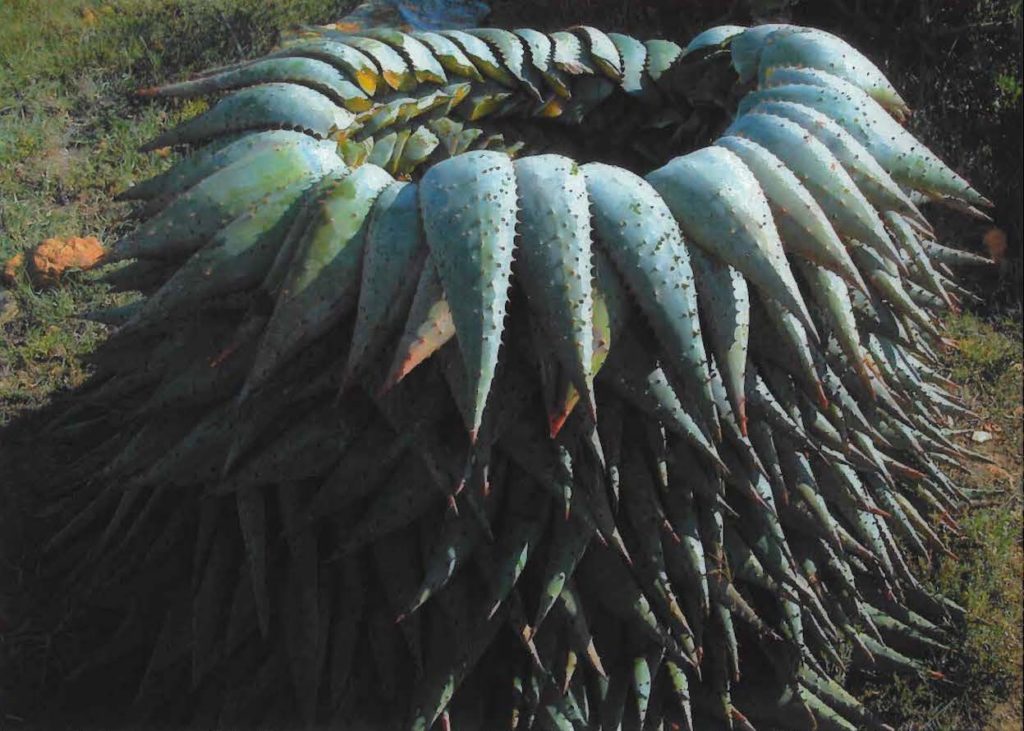WHY ALOE FEROX
Also known as the Cape Aloe or the Bitter Aloe, Aloe ferox belongs to the same family as Aloe vera.
Aloe ferox has been used as a medicinal product for years, most notably by indigenous tribes of Southern Africa. In the Garden Route, stretching all the way to the Eastern Cape, Aloe ferox grows in abundance, making it a sustainable source for business.
Healing
There are several compounds present in Aloe ferox which contribute to healing properties. In addition to alkanes, pyrimidines, ketones and organic acids, the prolific healing compounds are:
- Phenolic acids – High in antioxidants
- Phytosterols – Excellent for cholesterol management
- Fatty acids – Promotes health in organs
- Indoles
These are the components that contribute most to the healing properties of Aloe ferox, which results can include –
- Antiseptic
- Cleansing
- Moisturising
- Anti-inflammatory
It’s these properties that make Aloe ferox popular in skin-care products, livestock or agricultural solutions and human-consumption medicines.

Harvesting
Organic Aloe maintains the traditional harvesting method used by ‘tappers’. This ancient practice ensures that the Aloe ferox is harvested sustainably while empowering the local community to uphold their traditions.
When compared to Aloe Vera, Aloe ferox –
- Grows in abundance in the Garden Route region, where Organic Aloe is based
- Has more natural sugars, making it naturally more gelatinous
- Has double the number of amino acids
- Produces a higher solids content than Aloe Vera
ALOE FEROX VS ALOE VERA
PLANT STRUCTURE
ALOE FEROX
- Bitter Aloin is found just under the skin and is easily separated from the inner leaf by hand.
- Spines on the leaves
- Firmer inner gel, making it easier to extract
ALOE VERA
- Bitter Aloin is found throughout the leaf and a chemical process is used to extract it.
- No spines
- Softer inner gel
MOLECULAR STRUCTURE
ALOE FEROX
- 28% higher in Aloin
- 36% higher in Amino Acids
- 20 times more Bitter Sap, which is where the healing properties, anti-oxidant and viral stimulate.
ALOE VERA
- Lower Aloin content
- Lower Amino Acids content
- Less Bitter Sap
GROWING ENVIRONMENT
ALOE FEROX
- Grows wild in South Africa, particularly the Western and Eastern Cape region.
- No pesticides or chemicals used in the growing process
ALOE VERA
- Heavily cultivated and farmed worldwide
- N/A
